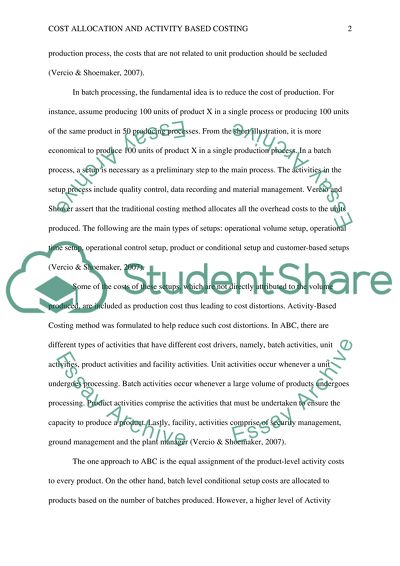Cite this document
(“Cost allocation and activity based costing Essay”, n.d.)
Cost allocation and activity based costing Essay. Retrieved from https://studentshare.org/finance-accounting/1634290-cost-allocation-and-activity-based-costing
Cost allocation and activity based costing Essay. Retrieved from https://studentshare.org/finance-accounting/1634290-cost-allocation-and-activity-based-costing
(Cost Allocation and Activity Based Costing Essay)
Cost Allocation and Activity Based Costing Essay. https://studentshare.org/finance-accounting/1634290-cost-allocation-and-activity-based-costing.
Cost Allocation and Activity Based Costing Essay. https://studentshare.org/finance-accounting/1634290-cost-allocation-and-activity-based-costing.
“Cost Allocation and Activity Based Costing Essay”, n.d. https://studentshare.org/finance-accounting/1634290-cost-allocation-and-activity-based-costing.


